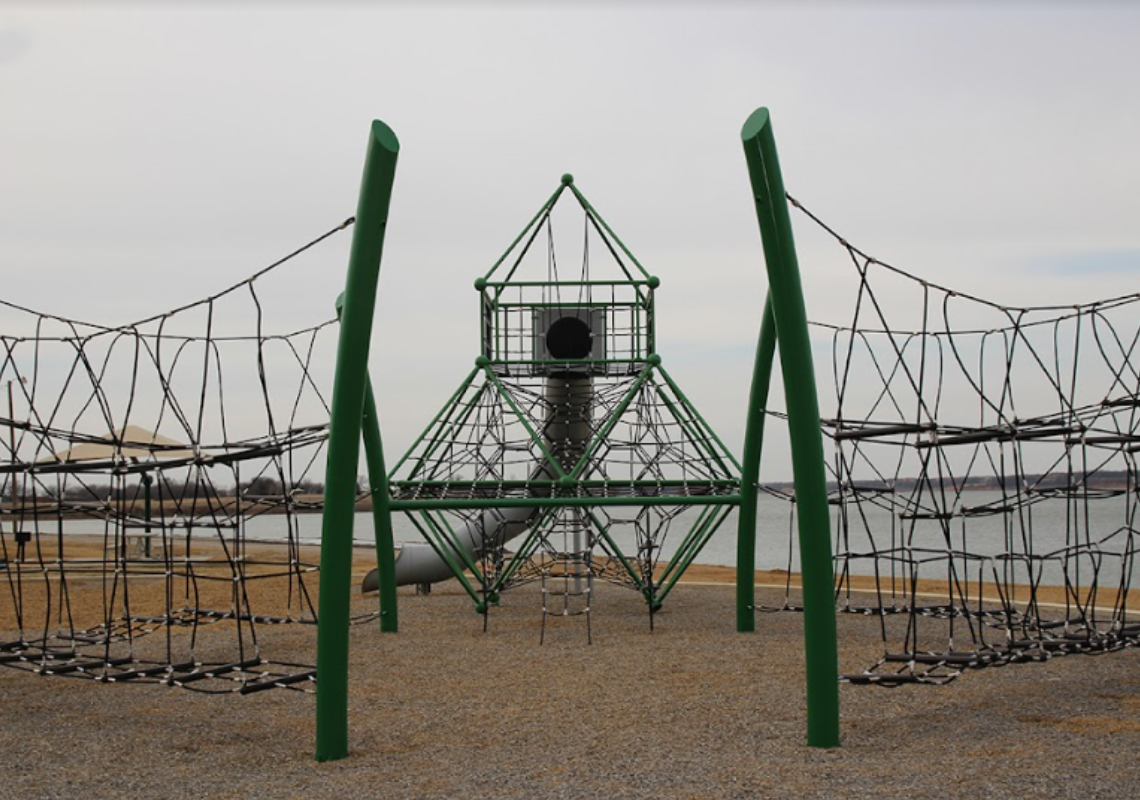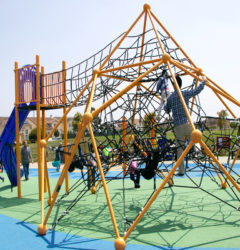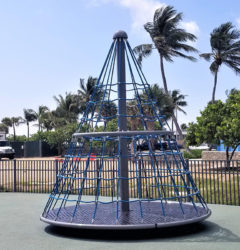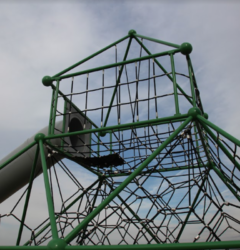07 Dec

Attention-deficit/hyperactivity disorder (ADHD) is considered to be the most prevalent disorder for children and teens to be diagnosed with. ADHD affects upwards of 10-12% of children, depending on what study you’re looking at. Boys are typically diagnosed 2 – 3 times more often than girls, and it’s quite common to have siblings all receive similar diagnoses and treatment options.
Common symptoms of ADHD are:
- Inattention – difficulty listening, cannot pay attention to details, forgetful
- Impulsivity – difficulty controlling their ability to interrupt, wait their turn
- Hyperactivity – difficulty sitting still or playing quiet activities, constant motion/fidgeting
The tricky part of an ADHD diagnosis is that a lot of the symptoms resemble other medical conditions or behavioural issues. While medications are often prescribed and necessary, they do come with side effects that include insomnia, headaches, jitteriness, and something called “rebound activation” with is a burst of hyperactivity and impulsive behaviour after the medication wears off, but before the next dose is due. It can take a lot of trial and error to get medications to work effectively.
Some parents will take the opportunity to resolve any lingering external factors that may be contributing to symptoms so that there is a more holistic approach to learning to live life with ADHD. Ruling out all the other parameters than tend to mimic or intensify symptoms can help confirm (or even rule out) a diagnosis faster and more accurately.
Factors that can be considered include:
- Exercise – is the child getting at least one good hour of exercise each day?
- Screen time – reduced or remove screen time
- Diet – reduce or remove caffeine, sugar, dairy, gluten, food additives.
- Sleep – consistent bedtime routines
- Blood tests – check for mineral or vitamin deficiencies
If you’ve checked all the boxes, and feel good about making the most effective changes for your family’s own situation, it can be starting point for your care provider in determining if medications are required.
Physical activity, and play, can help children cope with ADHD symptoms, and in some situations, can even replace the need for medication. Outdoor play has been shown to improve attention spans for children. Children with ADHD tend to hear “no”, or “don’t do that” frequently, which can feel like a punishment or put a strain on your family dynamic. When connections are may via play, it feels less like a punishment, and becomes more like a constructive learning environment.
Play therapy – with a registered play therapist – is becoming a popular technique to help children cope with ADHD symptoms, especially ones related to the struggles of playing with other children, social skills, and relationships.
Therapist-led sessions, with or without parental involvement, has been shown to improve helpfulness, cooperation, empathy, and sharing.
As children instinctually express themselves through play, this becomes an indirect way for a therapist to explore a child’s behaviours, and perceptions. Therapist-led sessions can be guided with parental involvement so that these techniques can be transferred to the home setting, and both of you can work on boundaries and expectations together, while playing.
Play therapy helps children process distracting emotions, like stress or family conflict. Unresolved anger is one factor that can intensify ADHD as it acts as a distraction to the task at hand like schoolwork. As the anger simmers, if a child doesn’t have good techniques in place, it becomes increasingly difficult to work through the distraction. During play therapy, the child may play boxing or wrestling, or use a toy hammer to demolish something, maybe even aggressively smash on some play-doh. In those moments, the therapist may help them reflect on the intensity of their feelings, even for just a few minutes. Something as simple as “You look angry” may trigger a response in them to answer back as to why they are angry.
Play therapy can improve executive functioning. Children with ADHD have difficulty focusing on tasks, paying attention and actively listening. They are more prone to distractions and impulsiveness so they have problems staying focused long enough to make their own choices. In a therapy session, all the decisions, no matter how small, are reflected back onto the child. They are taught through practice to be more aware of their decisions and choices. This can provide a tremendous sense of accomplishment and pleasure.
Since children with ADHD tend to have a low tolerance for restrictions, causing them to act out impulsively or inappropriately, play therapy can provide a controlled environment while children learn to work through the concept of ‘being the boss’. Sometimes that’s a manifestation of feeling so out of control in real-life, that bringing them to a liberating session, even one every few weeks, can be enough to trust and learn that they no longer need to act out in such harsh ways to ‘be the boss’, they just need to wait until an appropriate time. Setting up parameters for your children to feel in control is equally as important. Letting them pick dinner, or what to wear can be a simple step to maintaining a calmer demeanor. Free play, or play without rules, can help them feel more ‘normal’.
For your own version of play therapy, at home, or at the playground, parents can follow their child’s lead. Try engaging in some dialogue or narrative play. Role-playing or fantasy play can help a child act out fears or worries. It can feel like a balancing act, especially at first, but gentle redirection and keeping play sessions short can help keep them on track. If your child is being hurtful with words or actions, something encouraging them to shake it off – or pretending you’re stuck inside of washing machine (get creative) – can help them shake off whatever grouchiness is lingering inside. Brining humour and laughter to your child’s day can help elevate their mood.
Playing board games, or self-control games like Simon Says can help promote attention and self-control. Games like Memory, Go-Fish, Chinese Checkers and Snakes & Ladders are all simple games, with simple rules that can help children with ADHD learn to anticipate consequences if they aren’t strategic with their moves; they learn how to anticipate success and failure – likes falling down the snake, or getting to climb the ladder; and in memory games, they develop skills to deal with frustration and focus. You can simplify rules until they build on their capacity to stay in the game, and add them back in as they develop confidence and coping skills.
On your own time, with your own children, you can begin to develop techniques that help them cope with the symptoms of ADHD. There are a wide variety of techniques and much like medications, there are always modifications and adjustments that can be made to influence how their day goes.









Follow Dynamo Playgrounds